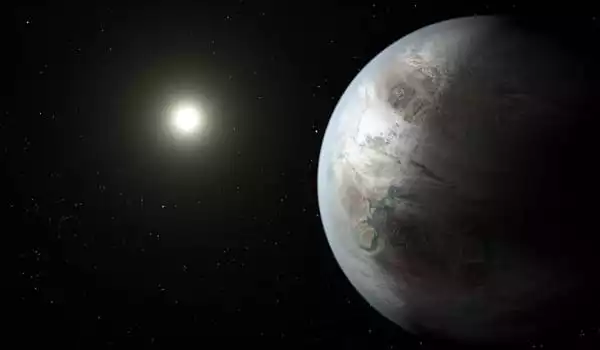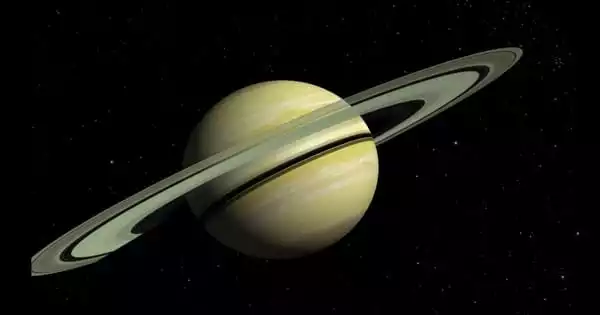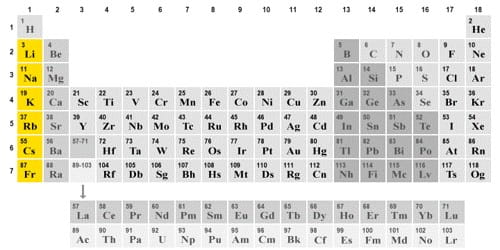According to a new study, the presence of methane in the atmosphere of a planet beyond the Solar System could be a significant signal for living processes in certain situations. If that’s the case, finding life would be a huge step forward, and one that the JWST could be able to do. Unless we receive a “hello” communication from an alien civilisation, the most likely approach to find evidence for life beyond the Solar System is to look for life-like chemicals in the atmosphere of a planet orbiting another star. Unfortunately, chemicals created only by life are likely to be uncommon and difficult to find.
Other compounds created by life on Earth have geologic roots as well. Methane, which is produced by cow stomachs and decomposing vegetation but also expelled by volcanoes and even comets, is the most common of them. As a result, Maggie Thompson, a PhD student at the University of California, Santa Cruz, set out to develop ways to identify the source of methane on a world we can’t visit. She and her co-authors claim to have discovered them in the Proceedings of the National Academy of Sciences.
“We wanted to establish a framework for interpreting findings,” Thompson said in a release, “so that if we encounter a rocky planet with methane, we know what other observations are required for it to be a credible biosignature.” The amount of methane in the atmosphere is arguably the most important indicator.
Despite what climate change denialists assert, volcanic eruptions produce far less methane than human activity, leave alone natural biological sources such as methanogenic bacteria found in ruminants and marshes. Even modest releases from volcanoes may produce enough methane to imitate biological production if it remained stable over long periods of time. In the presence of sunshine, however, CH4 interacts to make carbon dioxide and hydrogen, or forms aerosols that fall to the ground.
Another test involves looking for additional gases. Volcanoes emit a lot of carbon monoxide along with methane, so a planet with both could be more intriguing to volcanologists than biologists. Life organisms on Earth, on the other hand, are net consumers of carbon monoxide. We can’t be certain that would be true on every planet, but finding methane without CO is a strong indicator. “One molecule will not provide the answer—you must consider the entire context of the planet,” Thompson explained. We won’t always have as much context as we’d like, unfortunately.
“Oxygen is generally touted as one of the greatest biosignatures,” Thompson remarked, “but it’ll be difficult to detect with JWST.” The same can be said about phosphine, which gained notoriety in 2020 when it was reported, possibly incorrectly, on Venus. As a result, we must consider chemicals that have significant signals in the areas of the spectrum that the JWST can detect. The ideal combination we are likely to experience in the near future is a carbon dioxide-rich atmosphere with more methane than carbon monoxide.
Planets orbiting young stars or containing more than 10% water by mass may have methane-rich atmospheres even if they do not support life. For a long time, such arguments were purely theoretical because the only planets whose atmospheres we could investigate were either too huge or too close to their stars to support life in the first place. If astrobiologists can steal the JWST from those who want to study the start of time or black hole environments that will alter in a matter of months. Furthermore, a new class of huge ground-based telescopes may be capable of similar observations within a few years.
















